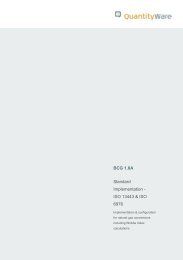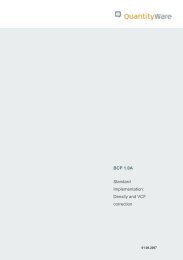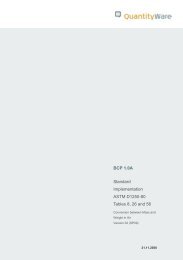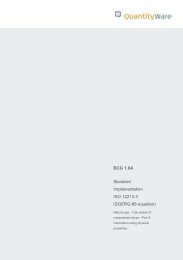QuantityWare - ASTM D1250-04_ASTM_D1250-80 comparison
QuantityWare - ASTM D1250-04_ASTM_D1250-80 comparison
QuantityWare - ASTM D1250-04_ASTM_D1250-80 comparison
- No tags were found...
Create successful ePaper yourself
Turn your PDF publications into a flip-book with our unique Google optimized e-Paper software.
What is shown on this screen? For those unfamiliar with the SAP application, we can provide a„translation‟:MeasurementObserved valueDensity: observed API gravity(vac.)90,0 API GravityTemperature (observed and test) 55,00 °FVolume1000 barrelCalculated results at 60 °FVolume10<strong>04</strong>,220 barrel (BB6)Volume correction factor 1,0<strong>04</strong>22Base density at 60 °F90,9 API GravityIf all companies involved in energy goods movements used the same highly specialized andwell-developed standard, all parties concerned would calculate the same standardizedquantities, independent of environmental conditions; this is however, not the case.Let us consider a single standard - the <strong>ASTM</strong> <strong>D1250</strong> - companies all over the globe currentlyutilize versions from 1952, 19<strong>80</strong> and 20<strong>04</strong> (with respect to temperature and pressurecorrections) for their logistics transaction calculations. In the following chapter we provide ashort historical overview on the development of <strong>ASTM</strong> <strong>D1250</strong>, which shows how the currentsituation developed.Comparison of <strong>ASTM</strong> <strong>D1250</strong>-<strong>04</strong> and <strong>ASTM</strong> <strong>D1250</strong>-<strong>80</strong> 8/49



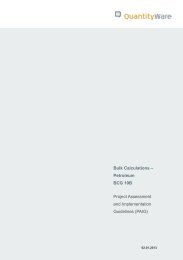
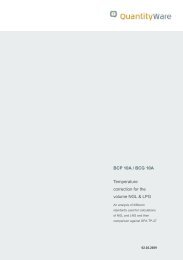

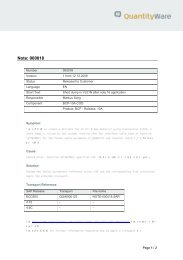
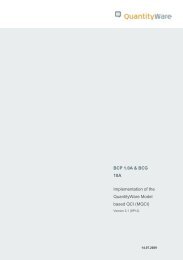
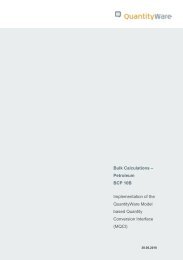
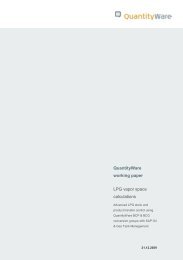
![Petroleum ASTM D1250-80 SP09 [276.9 KByte] - QuantityWare](https://img.yumpu.com/48083876/1/184x260/petroleum-astm-d1250-80-sp09-2769-kbyte-quantityware.jpg?quality=85)
![SAP QCI in a Nutshell + Notes [761.4 KByte] - QuantityWare](https://img.yumpu.com/46691308/1/178x260/sap-qci-in-a-nutshell-notes-7614-kbyte-quantityware.jpg?quality=85)
